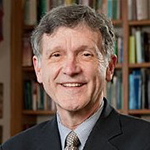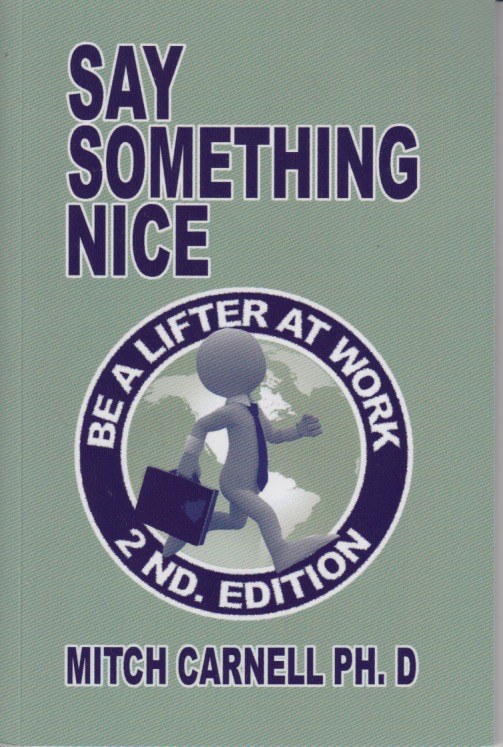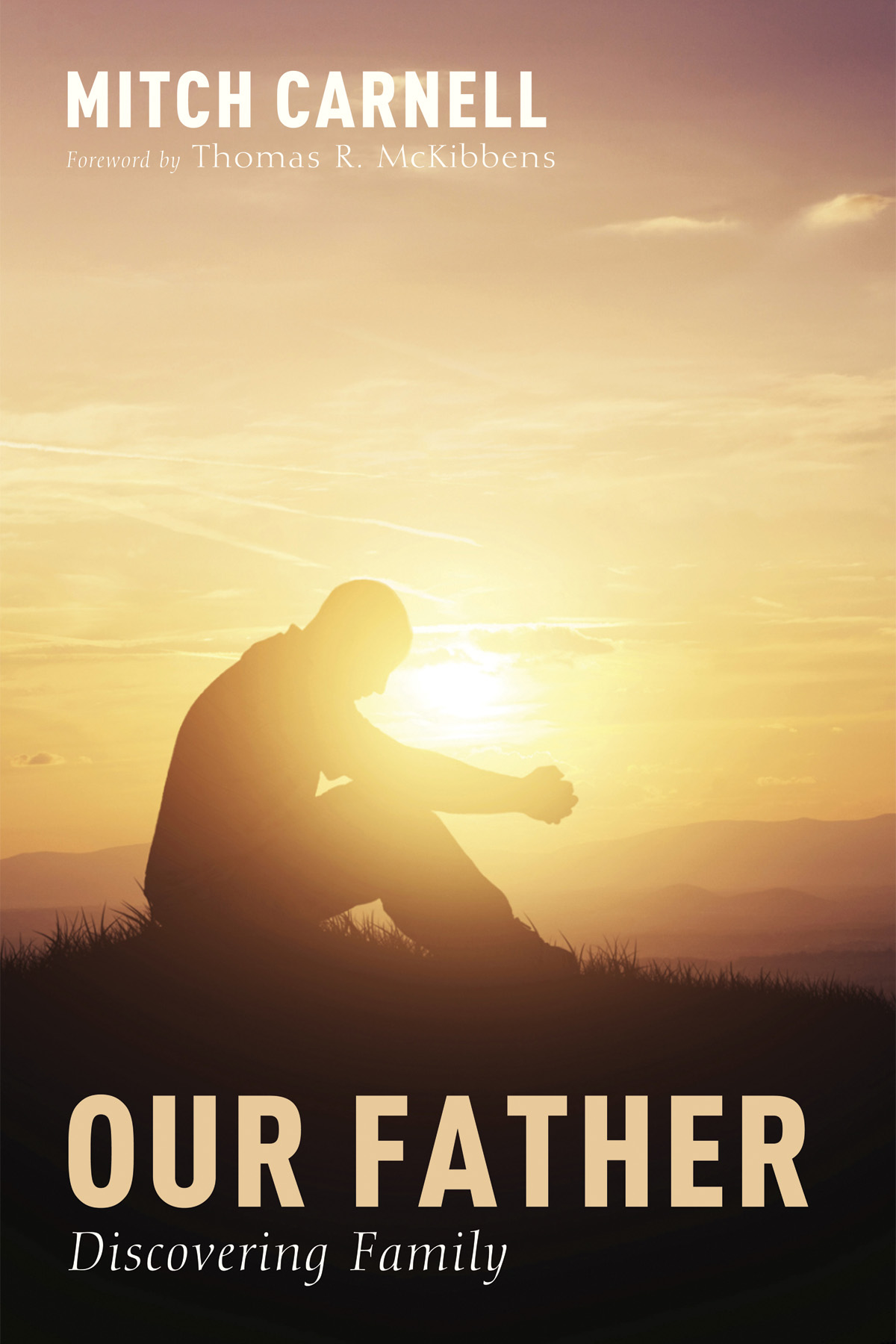 “The United States has 270 million guns and had 90 mass shooters from 1966 to 2012. No other country has more than 46 million guns or 18 mass shooters.” So the New York Times reported on Nov. 8.
“The United States has 270 million guns and had 90 mass shooters from 1966 to 2012. No other country has more than 46 million guns or 18 mass shooters.” So the New York Times reported on Nov. 8.
Let’s be honest, as a people we are paying for the Second Amendment. The dead are stacking up like cordwood, not simply from mass shootings, as heinous, collective and “normative” as they are, but in the day-to-day local firearm slayings that haunt American communities urban and rural.
In ways we recognize yet try our best to deny, the Second Amendment defines us as a people, a nation where individuals plagued by hatred, mental illness, religious bigotry, gambling losses, family dysfunction or other discernably unoriginal sins utilize Second Amendment-protected arsenals to destroy the lives of innocent, unsuspecting human beings at Bible studies, worship services, country music concerts, night clubs, shopping malls, college campuses and elementary schools. Right now, the list of safe spaces in this country narrows monthly due to gun-related massacres.
The Second Amendment does not create these malicious shooters; rather, it enables them through the proliferation and accessibility of millions of firearms — regulated, yes, but clearly not enough to affect the slaughter. Violent, deranged human beings occupy every nation state in this world. In the United States, however, current interpretations of the Second Amendment give them the means, legally or illegally, to turn this country into a killing field, any place, any time.
We are paying for the Second Amendment, and most of us will probably not outlive this defining element of our national ethos. Firearm obsession, supported or tolerated by the American people, exemplifies our national identity, and we should all own that reality. Indeed, firearm violence has become so routine that barring an immediate political or spiritual Great Awakening, these events demand some form of national triage, collective methods for responding to the consequences of weaponized carnage as an American constant.
The recent bloodbath at First Baptist Church in Sutherland Springs, Texas, incarnates the firearm crisis and the need for a shared national response. It is that state’s largest single shooting with 26 congregants killed and 20 wounded by a known criminal who extended a family vendetta into a church at worship. The violation of sacred space is so egregious that the pastor, Frank Pomeroy, whose 14-year-old daughter, Annabelle, was among the dead, has announced that the building will be torn down, a new church facility constructed in another location, and a memorial established on the current site.
The sanctuary of that Baptist church in a tiny Texas hamlet off US 87 was violated in the bloodiest of assaults with a semi-automatic weapon that poured forth some 450 rounds. Eight of the dead were children, the youngest being an 18-month-old and a baby still in utero, dying in the belly of its mother who was also gunned down. The church’s own video system, streaming the service to homebound members, now too graphic to be shown, reveals that the butchery, carried out with a Ruger AR-556, took only about seven minutes.
Those facts alone should compel gun owner and non-gun owner alike to cry out in collective pain and determination to respond to the unending national slaughter of the innocents. A growing number of faith communities are now compelled to develop security procedures that include hiring professional agencies, training members as armed “gatekeepers,” or depending on congregational concealed-weapon-carriers prepared to match bullet for bullet, another inevitable recompense for Second Amendment “freedom.”
As mass shootings multiply, I keep thinking that I’ve written enough about this topic. But they continue, world without end. As I finished this particular column, four people, including an elementary school student, were killed and 10 wounded in a California shooting. More children would have died had not the school activated an immediate lock-down. How can any of us be silent?
Bret Stephens won’t be silent. The New York Times commentator finds the situation so dire that it is time “to do something more than tinker at the margins of a legal regime that most of the world rightly considers nuts.” Rather, Stephens calls for repeal of the Second Amendment, noting that while “gun ownership should never be outlawed, just as it isn’t in Britain or Australia … it doesn’t need a blanket constitutional protection, either.” He admits revocation is a long shot, but concludes that “most great causes begin as improbable ones.”
Given that wistful proposition, let’s consider another improbable but perhaps viable response to America’s firearm scourge. What about a Second Amendment Reparations Tax, levied on all American households and corporations? If the Second Amendment is essential to American identity, and if additional firearm-related legislation is a long time coming (if ever), then why not create a communal fund to assist those families and institutions devastated by inevitable gun violence? Such a FEMA-administered reparations tax would commit all of us to the task of “binding up the wounds” created by firearm violence. If we can’t affect the laws, the least we can do is help pay for the funerals.
Powerless in the face of Second Amendment-facilitated atrocities, but hoping for additional solutions, we begin by owning the problem and offering a collective source of financial triage to assist those literally caught in the crossfire of a vicious cycle of death that has become the public face of the American nation. Special fund-raisers for specific firearm brutalities remain indispensable, but since it is our Second Amendment, and we’re all vulnerable, we’d all best pay up.
“Bill Leonard was a favorite at the John Hamrick Lectures at First Baptist Church of Charleston.













